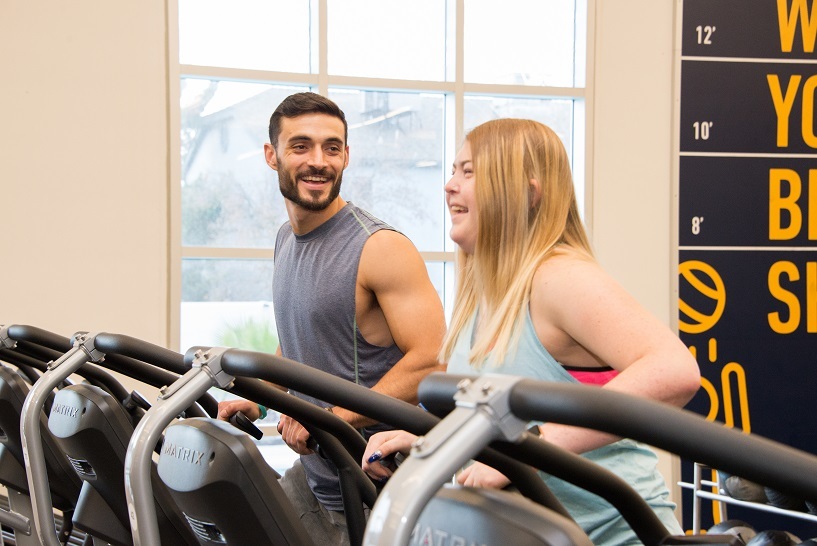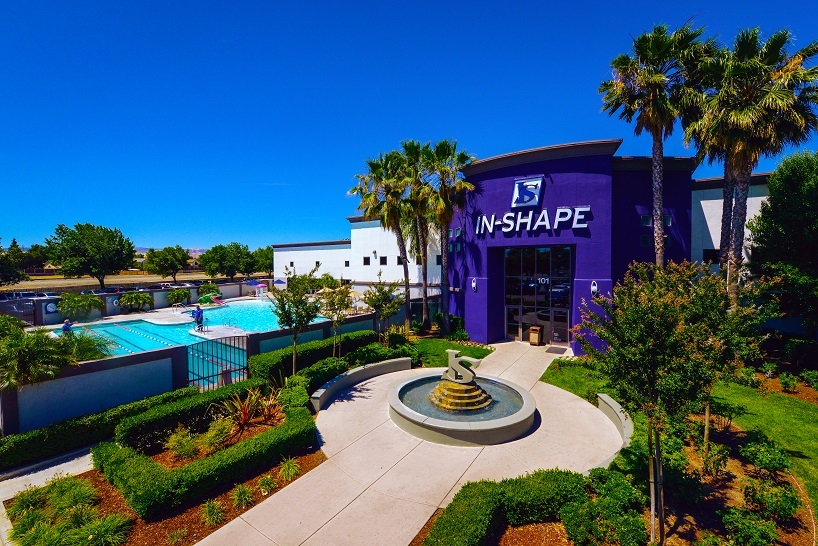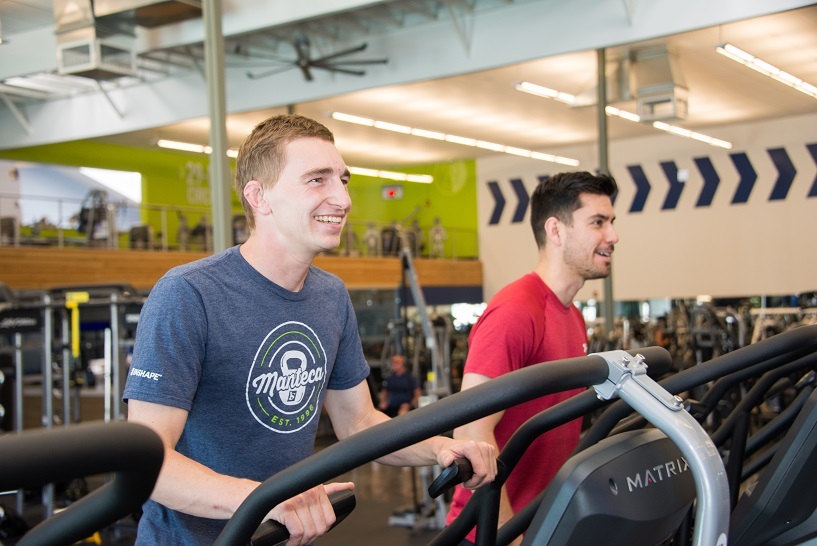“We want members coming back to be comfortable and know they’re in a safe environment,” he says. “We’ve probably had to ask about 1,000 members to leave throughout our chain just because they weren’t following the rules. People have different political views, but it’s not my job to agree or disagree. It’s my job to try to make everybody feel as comfortable as they can. If 70% of the members feel safe and 30% don’t, I’m not going to shoo that 30% away.”
“If I could highlight one goal for the fitness category, it would be to be the industry that invites all people to get moving,” concludes Schuler. “We know that fitness matters and we as a collective whole need to be intentional about showing people simply being healthy and enjoying fitness in our clubs and in the everyday things they do. It doesn’t have to be, and it shouldn’t be, intimidating.”
To learn more about Matrix Fitness, visit their website.
1. Wahid et al. Quantifying the association between physical activity and cardiovascular disease and diabetes: A systematic review and meta-analysis. J Am Heart Assoc 2016; 5(9): e002495.
2. Castrogiovanni et al. The importance of physical activity in osteoporosis. From the molecular pathways to the clinical evidence. Histology and Histopathology 2016; 31(11): 1183-94.
3. Marzetti et al. Physical activity and e3xercise as countermeasures to physical frailty and sarcopenia (muscle wasting and weakness). Aging Clin Exp Res 2017; 29(1): 35-42.
4. Thune et al. Physical activity and cancer risk: Dose-response and cancer, all sites and site-specific. Medicine and Science in Sports and Exercise 2001; 33(6): 530-550
5. Wang et al. Immediate psychological responses and associated factors during the initial stage of the 2019 Coronavirus Disease (COVID-19) epidemic among the general population in China. Int J Environ Res Public Health 2020; 17(5) e1729.
6. Mental health and psychosocial considerations during the COVID-19 outbreak. March 2020; https://apps.who.int/iris/bits...
7. Callaghan. Exercise: A neglected intervention in mental health care? J of Psych & Mental Health Nursing 2004; 11(4): 476-483.
8. Greenwood & Fleshner. Exercise, stress resistance, and central serotonergic systems. Exerc Sport Sci Rev 2011; 39 (3): 140–9.
9. Spalding et al. Aerobic training and cardiovascular reactivity to psychological stress in sedentary young normotensive men and women. Psychophysiology 2004; 41 (4): 552–62.
10. Spence et al. The effect of exercise on global self-esteem: A quantitative review. Journal of Sport and Exercise Psychology 2005; 27: 311–334.
11. Berger & Motl. Exercise and mood: A selective review and synthesis of research employing the profile of mood states. J of Applied Sports Psychology 2000; 12(1): 69-92.
12. Byrne. & Byrne. the effect of exercise on depression, anxiety and other mood states: a review. J of Psychosomatic Research 1993; 37(6): 565-574.
13.Hearing et al. Physical exercise for treatment of mood disorders: A critical review. Current Behavioral Neuroscience Reports 2016; 3: 350-8.
14. Ayling et al. Positive mood on the day of influenza vaccination predicts vaccine effectiveness: a prospective observational cohort study. Brain Behav Immun 2018; 67: 314–323.Jackson & Dishman RK. Cardiorespiratory fitness and laboratory stress: a meta-regression analysis. Psychophysiology 2006; 43 (1): 57–72.
15.Kiecolt. Kiecolt-Glaser et al. Chronic stress alters the immune response to influenza virus vaccine in older adults. Proc Natl Acad Sci U S A 1996. 93: 3043–3047.
16. Kiecolt. Segerstrom et al. Caregiving, repetitive thought, and immune response to vaccination in older adults. Brain Behav Immun 2008; 22: 744–752.
17. Kiecolt. Glaser et al. Chronic stress modulates the immune response to a pneumococcal pneumonia vaccine. Psychosom Med 2000; 62: 804–807.
18. Burns et al. Life events, perceived stress and antibody response to influenza vaccination in young, healthy adults. J Psychosom Res 2003; 55: 569–572.
19. Thompson et al. Influenza-associated hospitalizations in the United States. JAMA 2004;292(11):1333-40. doi:10.1001/jama.292.11.1333.
20. Kohut. Exercise and psychosocial factors modulate immunity to influenza vaccine in elderly individuals. J Gerontol A Biol Sci Med Sci 2002; 57: M557–M562.
21. Fahlman et al. Effects of endurance training on selected parameters of immune function in elderly women. Gerontology 2000; 46: 97–104.
22. Yan et al. Effect of moderate exercise on immune senescence in men. Eur J Appl Physiol 2001; 86: 105–111.
23. Woods et al. Effects of 6 months of moderate aerobic exercise training on immune function in the elderly. Mech Ageing Dev 1999; 109: 1–19.
24. McFarlin et al. Chronic resistance exercise training improves natural killer cell activity in older women. J Gerontol A Biol Sci Med Sci 2005; 60: 1315–1318.


